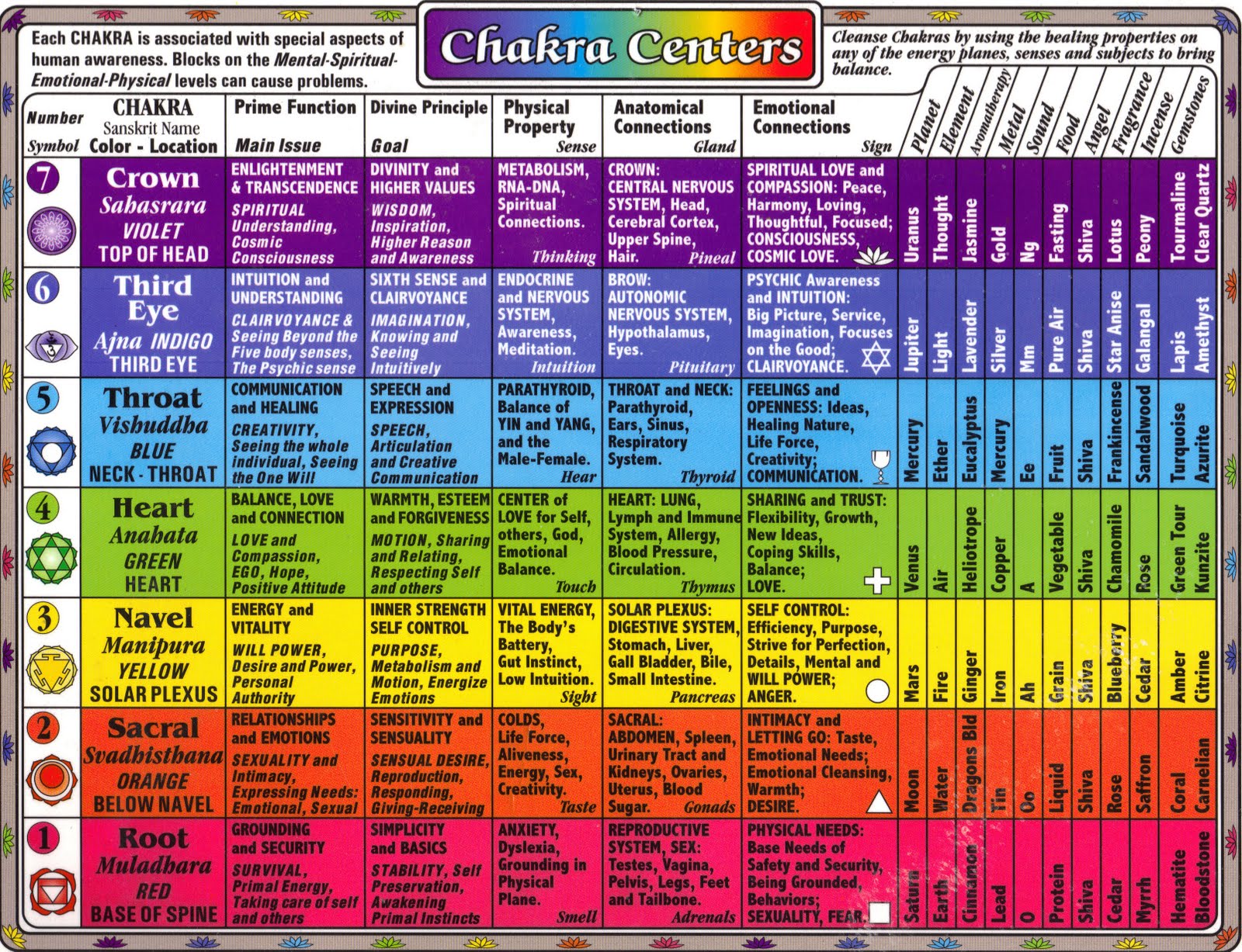
īreath channels ( nāḍi) are mentioned in the classical Upanishads of Hinduism from the 1st millennium BCE, but not psychic-energy chakra theories.

White and Georg Feuerstein, have suggested that she may be a reference to kundalini shakti and a precursor to the terminology associated with the chakras in later tantric traditions. Literally, it means "she who is bent, coiled", representing both a minor goddess and one of many embedded enigmas and esoteric riddles within the Rigveda. The hymn 10.136 of the Rigveda mentions a renunciate yogi with a female named kunamnama. The iconography popular in representing the Chakras, states the scholar David Gordon White, traces back to the five symbols of yajna, the Vedic fire altar: "square, circle, triangle, half moon and dumpling". The word chakra appears to first emerge within the Vedas, though not in the sense of psychic energy centers, rather as chakravartin or the king who "turns the wheel of his empire" in all directions from a center, representing his influence and power. As in other Indian religions, chakra in esoteric theories in Jainism such as those by Buddhisagarsuri means a yogic energy center.

In Jainism, the term chakra also means "wheel" and appears in various contexts in its ancient literature. The Buddha spoke of freedom from cycles in and of themselves, whether karmic, reincarnative, liberative, cognitive or emotional. Within the central "Tripitaka", the Buddha variously refers the "dhammacakka", or "wheel of dharma", connoting that this dharma, universal in its advocacy, should bear the marks characteristic of any temporal dispensation. In Buddhism, especially in Theravada, the Pali noun cakka connotes "wheel". It has both literal and metaphorical uses, as in the "wheel of time" or "wheel of dharma", such as in Rigveda hymn verse 1.164.11, pervasive in the earliest Vedic texts. Lexically, chakra is the Indic reflex of an ancestral Indo-European form *kʷékʷlos, whence also "wheel" and "cycle" ( Ancient Greek: κύκλος, romanized: kýklos). Psychological and other attributes, rainbow colours, and a wide range of supposed correspondences with other systems such as alchemy, astrology, gemstones, homeopathy, Kabbalah and Tarot were added later. Blavatsky and other Theosophists, followed by Sir John Woodroffe's 1919 book The Serpent Power, and Charles W. The modern Western chakra system arose from multiple sources, starting in the 1880s with H. Within Kundalini yoga, the techniques of breathing exercises, visualizations, mudras, bandhas, kriyas, and mantras are focused on manipulating the flow of subtle energy through chakras. Early Sanskrit texts speak of them both as meditative visualizations combining flowers and mantras and as physical entities in the body. Beliefs differ between the Indian religions, with many Buddhist texts consistently mentioning five chakras, while Hindu sources reference six or seven. The concept of the chakra arose in the early traditions of Hinduism.

Without proper rendering support, you may see question marks or boxes, misplaced vowels or missing conjuncts instead of Indic text.Ĭhakras ( UK: / ˈ tʃ ʌ k r ə z/, US: / ˈ tʃ ɑː k r ə z/ CHUK-rəz, CHAH-krəz Sanskrit: चक्र, romanized: cakra, lit.'wheel, circle' Pali: cakka) are various focal points used in a variety of ancient meditation practices, collectively denominated as Tantra, or the esoteric or inner traditions of Hinduism and Buddhism.


 0 kommentar(er)
0 kommentar(er)
